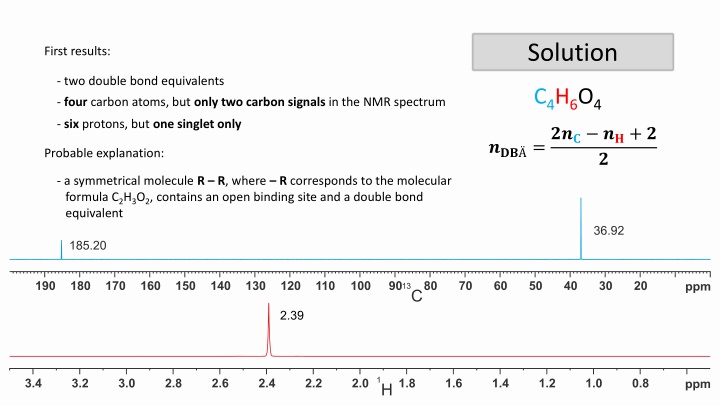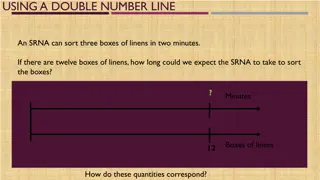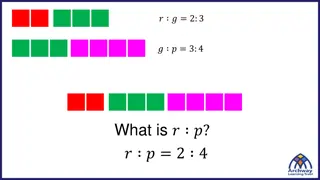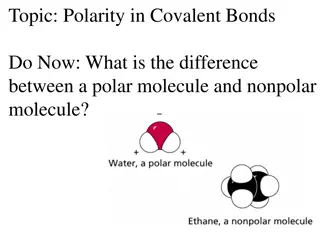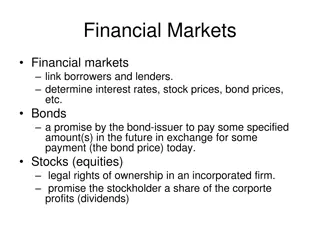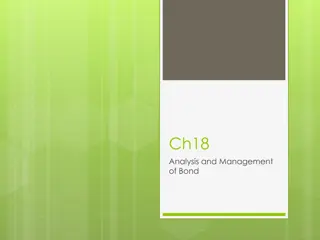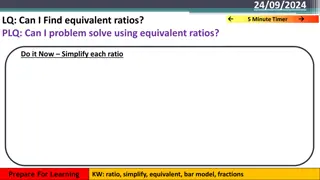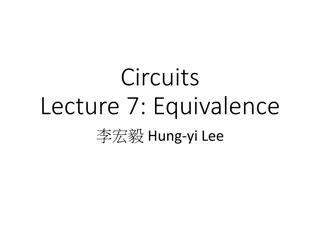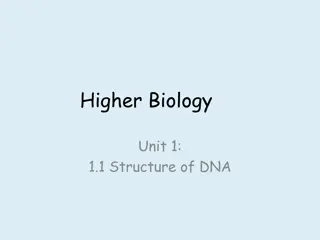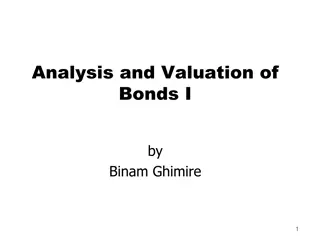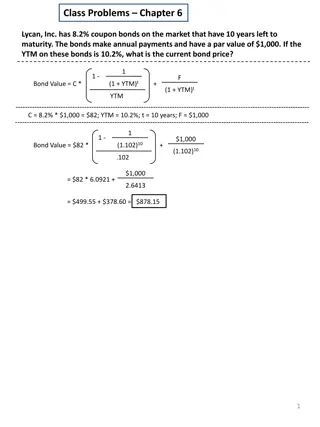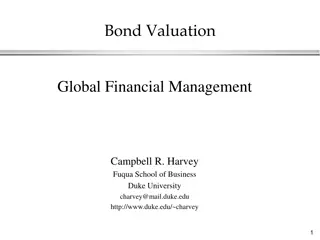Solving the Mystery of C2H3O2 Molecule with 1 Double Bond Equivalent
Seeking to identify a symmetrical molecule with a molecular formula of C2H3O2 and one double bond equivalent. Through deduction and chemical shift analysis, the structure is explored to match NMR spectroscopy data, uncovering the compound's composition in an intriguing chemical puzzle.
Download Presentation

Please find below an Image/Link to download the presentation.
The content on the website is provided AS IS for your information and personal use only. It may not be sold, licensed, or shared on other websites without obtaining consent from the author.If you encounter any issues during the download, it is possible that the publisher has removed the file from their server.
You are allowed to download the files provided on this website for personal or commercial use, subject to the condition that they are used lawfully. All files are the property of their respective owners.
The content on the website is provided AS IS for your information and personal use only. It may not be sold, licensed, or shared on other websites without obtaining consent from the author.
E N D
Presentation Transcript
Solution First results: - two double bond equivalents C4H6O4 - four carbon atoms, but only two carbon signals in the NMR spectrum - six protons, but one singlet only ??? =??? ??+ ? Probable explanation: ? - a symmetrical molecule R R, where R corresponds to the molecular formula C2H3O2, contains an open binding site and a double bond equivalent
wanted: -C2H3O2 with 1 DBE H : 2.39 ppm C : 36.92 ppm C : 185.20 ppm Solution Let's write down the half-molecule fragment we are looking for and the small amount of known information on sticky notes. C4H6O4 ????=??? ??+ ? ?
wanted: -C2H3O2 with 1 DBE H : 2.39 ppm C : 36.92 ppm C : 185.20 ppm Solution Let's write down the half-molecule fragment we are looking for and the small amount of known information on sticky notes. We no longer need the information-poor spectra. C4H6O4 ????=??? ??+ ? ?
wanted: -C2H3O2 with 1 DBE H : 2.39 ppm C : 36.92 ppm C : 185.20 ppm Let's write down the half-molecule fragment we are looking for and the small amount of known information on sticky notes. We no longer need the information-poor spectra. First, let s consider the carbon signal at 185.20 ppm. This is, of course, a carbonyl group. A small interim calculation: O - wanted: C2H3O2 + 1 DBE - found: CO + 1 DBE C CH3 - missing: CH3O without DBE At first glance, this looks like either a methoxy group or a single oxygen atom plus a methyl group. Let's try the second version. If we look into overview tables of the chemical shifts the measured values and the values from the tables are not too different both in the carbon as well as in the proton range. O But
wanted: -C2H3O2 with 1 DBE H : 2.39 ppm C : 36.92 ppm C : 185.20 ppm ... that was only half the molecule and after adding the mirror- imaged second half of the molecule, we get a richly explosive- looking compound. Of course, "explosive" is not a spectroscopically relevant argument. Nevertheless, maybe we should check out one obvious and two less obvious permutation possibilities first. O O The easiest way seems to be the exchange of O und CO . Let's try this out. C C CH3 CH3 O O O H3C C O
H : 2.39 ppm C : 36.92 ppm C : 185.20 ppm Doing this intra-molecular exchange, we get oxalic acid dimethyl ester, a very commonly used compound. Unfortunately, this compound does not match the measured chemical shifts. A quick check using an overview table of chemical shifts, found in many books on NMR spectroscopy, suggests a chemical shift of 3.5 ... 4.0 ppm for the protons of the methoxy group.. O That s a significant difference to the measured value of 2.39 ppm. C O CH3 CH3 O But we can still exchange some more atoms, even if this is not obvious at first sight. First of all, let s rewrite the methyl groups a little bit. For sure, normally you wouldn t write a methyl group this way. O C O C expected: 3.5 4.0 ppm measured: 2.39 ppm H3C H3C C O O O
H : 2.39 ppm C : 36.92 ppm C : 185.20 ppm Using this somewhat strange notation, the fragments CH2 and O now offer themselves for mutual exchange. But ... now there are two different proton groups in the integral ratio 2 : 1? At this point we should revisit all available pieces of information. There is a small detail, nearly always without of interest. HH O C H H H H Solvent: D2O! O O C O What does this mean? The concentration of the sample might be 10 mMol, so that the concentration of OH groups is 20 mMol. The concentration of OD groups in D2O is 110 moles (not milli ). Because of the large excess of deuterium, the chemically exchangeable OH protons are almost completely converted into OD groups, which show no signal in the proton spectrum. C C C C C O O C O O HH HH H H
H : 2.39 ppm C : 36.92 ppm C : 185.20 ppm Of course, the OH protons have not disappeared. They are now part of the HOD signal at about 4.7 ppm and thus not in the range shown here. The Schoolery rule can be used to estimate the chemical shift of the methylene protons. The calculation gives us H D H (CH2) = 1.70 ppm + 2.56 ppm = 4.26 ppm O C O and thus deviates almost 2 ppm from the measured value (2.39 ppm, see sticky note). C C O C O But there is a last permutation possibility. HH D
H : 2.39 ppm C : 36.92 ppm C : 185.20 ppm A new estimation of the chemical shift of the methylene protons using the Schoolery rule now gives (CH2) = 0.47 ppm + 1.55 ppm = 2.12 ppm which is very close to the measured value (2.39 ppm, see sticky note). H D H O C O C C O C O 2.39 HH D
C : 36.92 ppm C : 185.20 ppm It should be easy to assign the carbon signals. Because of the chemical exchange between succinic acid and the solvent there is no assignments possible for the OH/OD groups. O D H C O H C C 36.92 HH O C 185.20 2.39 D O
Contributions Spectrometer time University of Wisconsin-Madison (BioMagResBank) Measurements Francisca Jofre, Mark E. Anderson, John L. Markley Discussions and native English language support Compilation Alan Kenwright Rainer Hae ner More exercises
